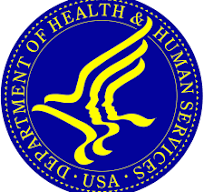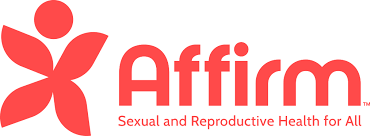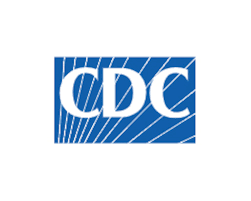Governor Katie Hobbs has once again been inappropriately hamstrung by the hyper-partisan Senator Jake Hoffman – the Chair of the Senate’s Director Nominations Committee.
This week, his ongoing political theater forced the resignation of two important health directors: AHCCCS Director Carmen Heredia & ADHS Director Jennifer Cunico.
The Arizona Republic and AZ Capitol Times both reported that the directors resigned ahead of expected rejections by the Senate committee, which has repeatedly used its power (mostly Mr. Hoffman) not to vet nominees in good faith – but to publicly humiliate and undermine the governor’s choices.
AHCCCS & ADHS Directors Resign | Arizona Capitol Times
AHCCCS, Health services directors resign before Senate confirmation
It would be one thing if Hoffman were looking at the statutory requirements of the jobs and vetting the nominees based on whether their experience meets the statutory requirements – but that’s not what he’s doing.
Rather than perform his legitimate constitutional duty to evaluate and confirm nominees, Hoffman is focused on sabotaging the executive branch when it’s not held by his party. Ducey nominees wouldn’t be getting this treatment regardless of how unqualified were.
See: View ARS 36-102 Statutory Qualifications for the ADHS Director
This behavior isn’t new — my op-ed published two years ago highlighted how Hoffman’s treatment of nominees hasn’t been about qualifications but about political ideology and partisan sabotage.
Senate committee doesn’t ‘vet’ nominees. It sabotages them
Heredia and Cunico weren’t ‘fringe figures with radical ideologues’ as suggested by Hoffman. Both were respected inside and outside their agencies. All the information I have suggests they were driven to resign not because of a scandal or mismanagement, but because Mr. Hoffman disagrees with their opinions.
Hoffman’s behavior—grilling nominees on partisan talking points, delaying hearings, or simply refusing to confirm them is basically sabotage – not legitimate legislative oversight of the executive branch.
Who will want to serve in Arizona government and leave jobs they like knowing their reputation will be dragged through the mud for political theater?
Per ARS §38-211(B), Hobbs must now “promptly” nominate new directors for both ADHS and AHCCCS. While the statute doesn’t define “promptly,” the need to name at least interim directors is immediate because state agencies can’t execute administrative or regulatory decisions without directors at the helms.
38-211 – Nominations by governor; consent of senate; appointment
Will the Senate majority ever choose governance and accountability over grandstanding?
Not until President Petersen changes who is chair of the DINO Committee or scraps it all together and goes back to the old way of vetting through normal standing committees.








